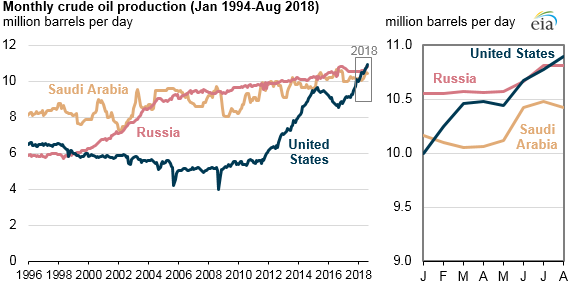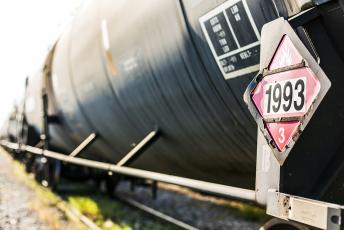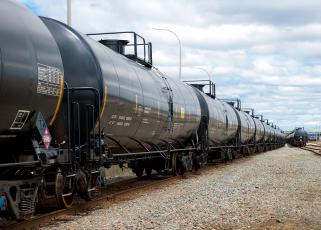The United States’ energy renaissance is still on the upswing, breaking records and growing the American economy. But the infrastructure to transport and move the energy produced needs to catch up.
From 2010 to 2016, the U.S. saw a nearly 40 percent increase in the amount of crude oil it produced. Over the same time period, pipeline mileage only increased by 25 percent.
With the U.S. Energy Information Administration (EIA) announcing this month that the United States likely surpassed Russia and Saudi Arabia earlier this year to become the world’s largest crude oil producer, it’s critical that expansion of our midstream energy infrastructure – the integrated system of pipelines, railroads, ports, waterways, roads and storage facilities that move crude oil, refined products and natural gas from production areas to refineries and consumers – keep pace. Otherwise, we run the risk of slowing this progress through supply chain inefficiencies and even stranding resources.
 U.S. refineries, which are among
U.S. refineries, which are among
U.S. refineries, which are among the most sophisticated and efficient in the world, are taking full advantage of increasing U.S. crude oil and natural gas production, but they rely on midstream infrastructure to provide an essential link between them and areas where crude oil and other raw materials are produced. This infrastructure also links refineries and petrochemical plants to consumers, moving fuels from refineries to regional storage terminals to retail outlets.
EIA noted that while Russian and Saudi production has been relatively stable since 2016, U.S. production and related investment have steadily increased. This is good news for our economy – growth in U.S. energy is creating jobs, reducing the trade deficit and enhancing our energy security.
In order to keep this momentum going, crucial new investment is needed to support the continued expansion and modernization of midstream infrastructure


